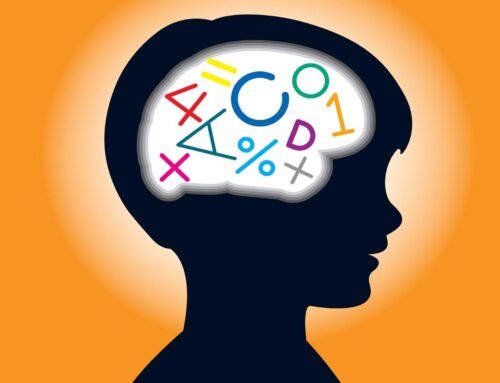Can Recess Actually Help Academic Success?
In the United States, the current education trend seems to be more homework, longer school days, less recess. Sadly, this “approach” to improving academic achievement has actually had the opposite effect. Among 57 countries assessed in 2009, the United States performed 30th in math, 23rd in science, and 17th in reading. Finland, a country that requires 15 minutes of outside break time after every 45 minutes of instruction, performed 6th in math, 2nd in science, and 3rd in reading. They are currently rated at the top overall.
According to an August 2014 article in the National Desert News (“Why Has U.S. Academic Success Dropped?”), “Finns are dead serious about recess. Not only are the breaks required, but kids are required to go outside in all kinds of weather.” Further, school days are only 5 hours long, and students are not given homework. The average Finnish first-grader only goes to school for 3 hours per day. So why are the Fins so far ahead academically?
“‘Children may learn more efficiently following changes in ‘arousal levels,’ said John Ratey, a clinical associate professor of psychiatry at Harvard Medical School. ‘Arousal level’ is the psychiatric term for a state of alertness involving higher heart rate and blood pressure, a state of readiness to handle new events and process information.” There has been extensive research demonstrating the improvement seen in classroom behavior following recess, including decreased hyperactivity and increased engagement. It is as if exercise prepares the brain to learn and retain new information more efficiently and more effectively.
If the United States hopes to catch up to other countries in terms of academic achievement, a drastic shift in its approach to education will have to first take place.



